The world contains around 18,000 species of birds, with more still being covered. Many are well known, but what about one that’s a little unusual, maybe even a coot?
When we see a bird that is quite unusual, it tends to catch our attention, so we want to investigate further. And at first glance, the coot tends to look like a fairly typical waterfowl, until you see its legs.
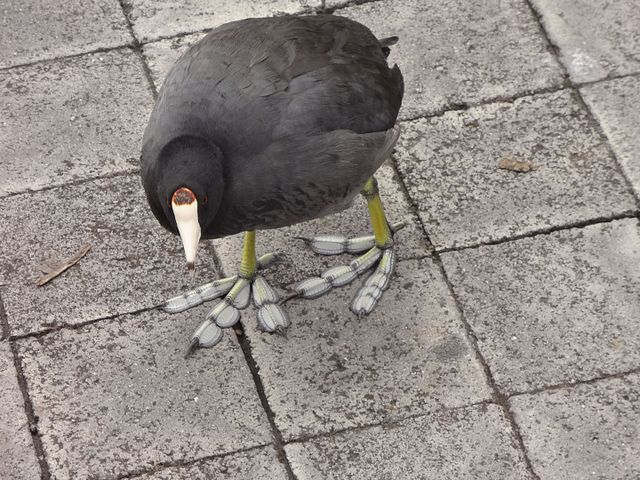
The American coot (Fulica Americana) or mud hen is a very unique bird. It is a medium-sized waterfowl and can often be found in lakes, ponds, marshes and reservoirs. Many people often call them a cross between a chicken and a duck, as they tend to walk on land more like a chicken and swim in water like a duck.
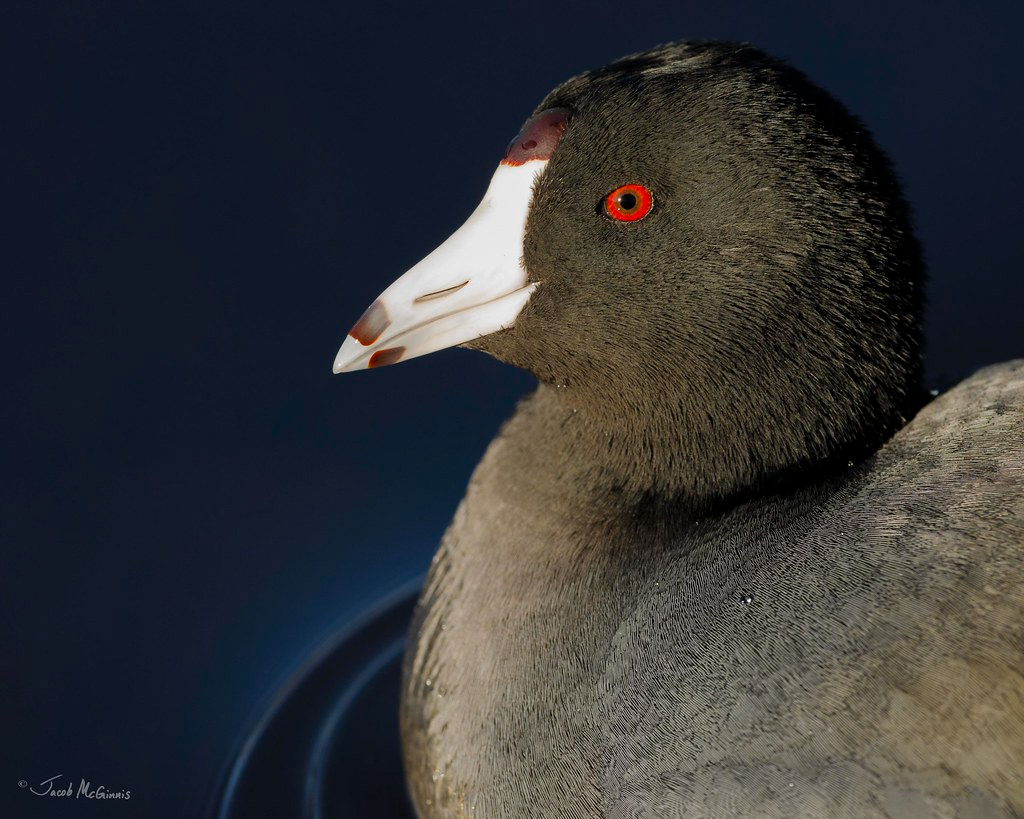
It is a migratory bird that lives in most of North America, being a non-breeding resident and is often seen walking like a chicken in frozen lakes and ponds.
Unlike the webbed feet of ducks, coots have wide lobed scales on the underside of their feet and toes that fold back with each step.

They are not the most elegant fliers, they need a fairly long runway to take off and appear to walk on water while furiously flapping their wings. They are often seen with ducks, but they do not sound like a duck.
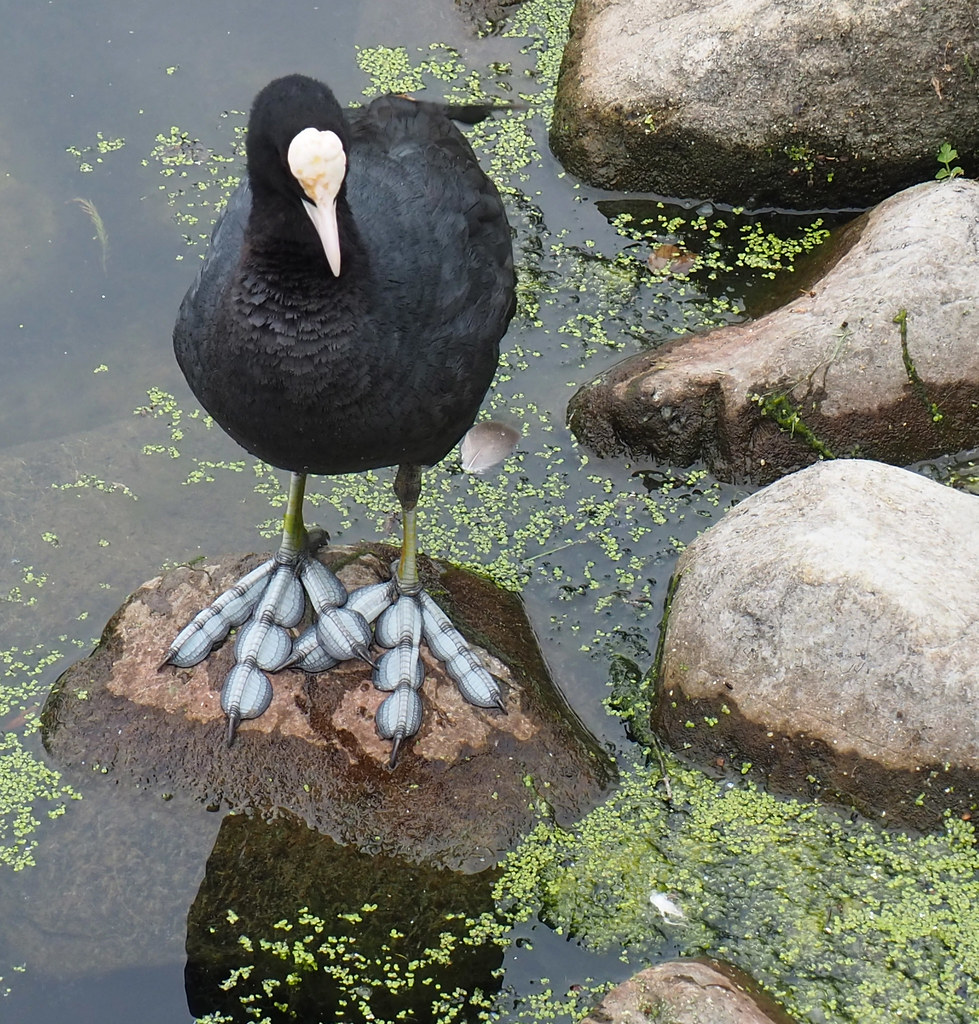
Coots are easily recognized by their tilted head and white wedge-shaped beak, red eyes, and sometimes a small red spot on their head. They are closely related to Sandhill Cranes and Rails.
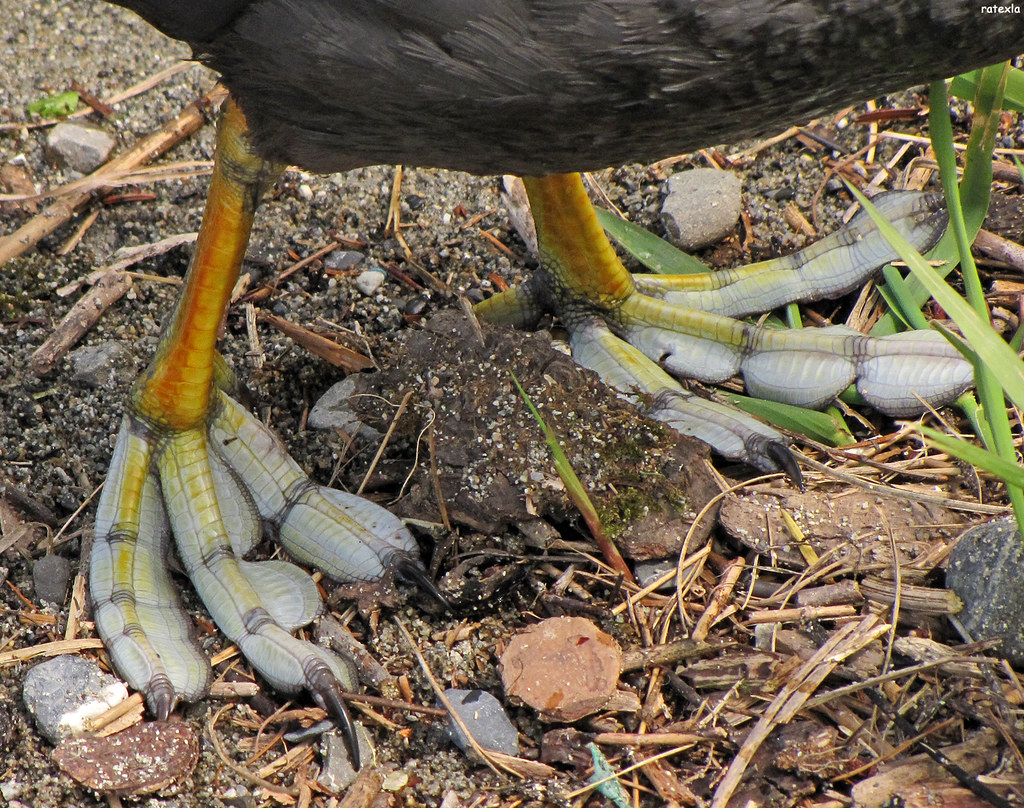
Coots like to feed on aquatic plants such as algae, duckweed, seagrass, sedge, hydrilla, wild rice, etc. However, they also eat insects, crustaceans, snails and small vertebrates such as tadpoles and salamanders.

One thing that is very interesting about this species is known as “conspecific brood parasitism.” This is when some hens lay their eggs in the existing nests of other hens.

In a 4-year study, researchers found that 40% of nests were parasitized and that 13% of all eggs were laid by females in nests that were not their own. Increased reproductive success under social and ecological constraints is the primary reason for brood parasitism.
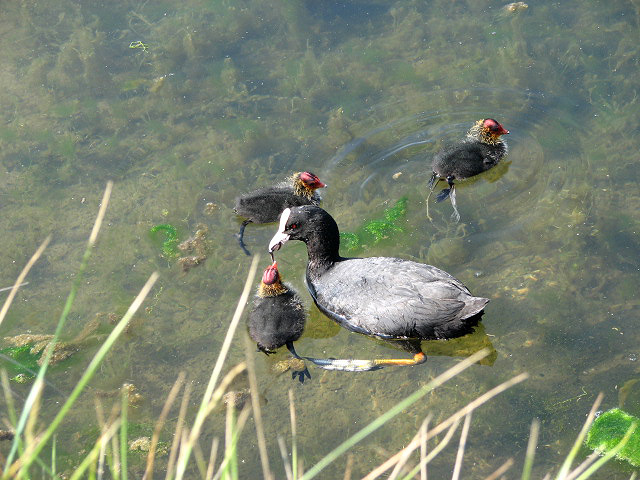
The first evidence of parental selection for exaggerated ornamental traits in offspring was found in American coots. American coot chicks have strikingly orange ornamental feathers covering the front half of their body known as “chick ornaments,” which eventually bleach after six days. This exaggerated, brightly colored trait allows coot chicks to be selected by parental choice.
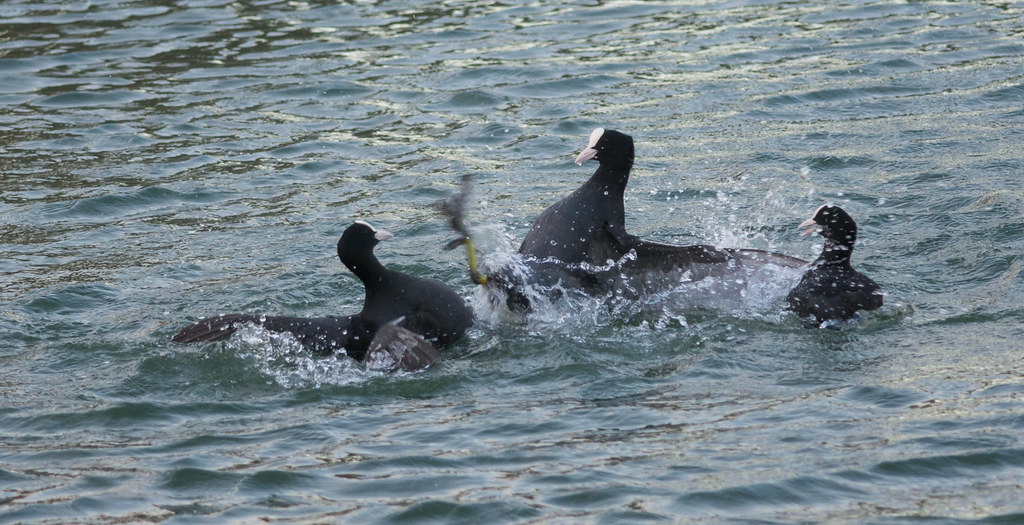
The American coot is listed as “least concern” on the IUCN Red List of Endangered Species. They are common and widespread and are sometimes even considered a pest. They are rarely targeted by hunters, as their meat is considered not to be as good as that of ducks; although some are shot for sport, particularly in the southeastern United States. Because they are found in wetlands, scientists use them to monitor toxin levels and pollution problems in these environments.
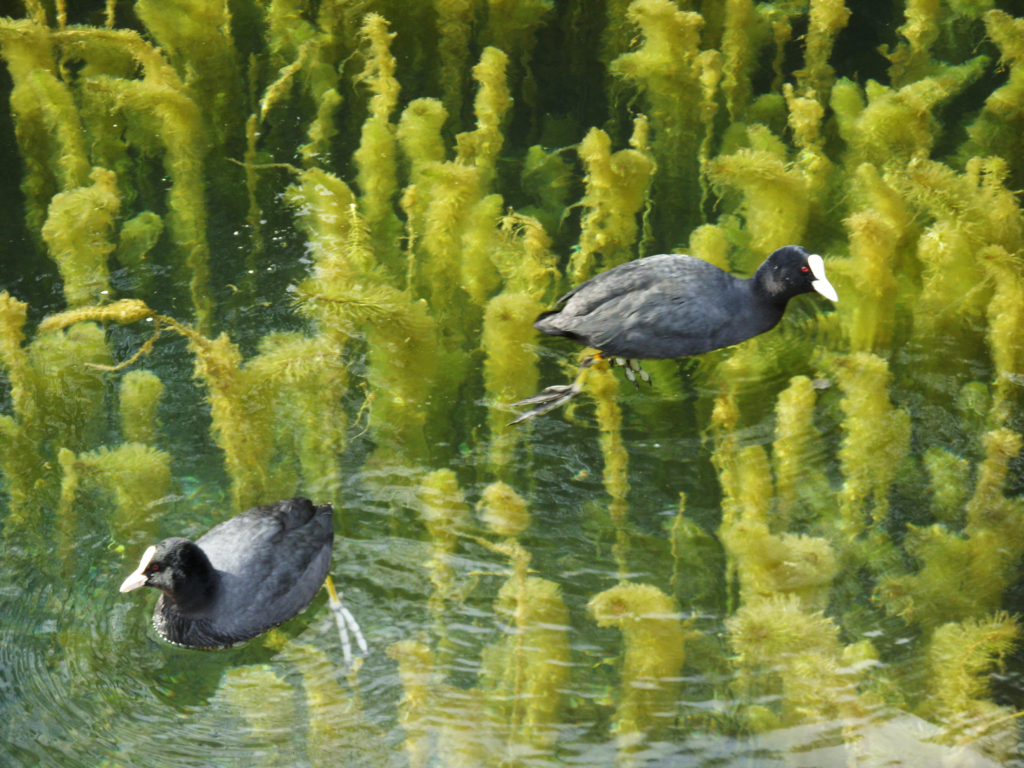
Although commonly confused with ducks, American coots are only distantly related to ducks, as they belong to a separate order. Unlike the webbed feet of ducks, coots have wide, lobed scales on the underside of their feet and toes that fold back with each step, making it easier to walk on dry land.
You can see Coot in action right here in the video below:





